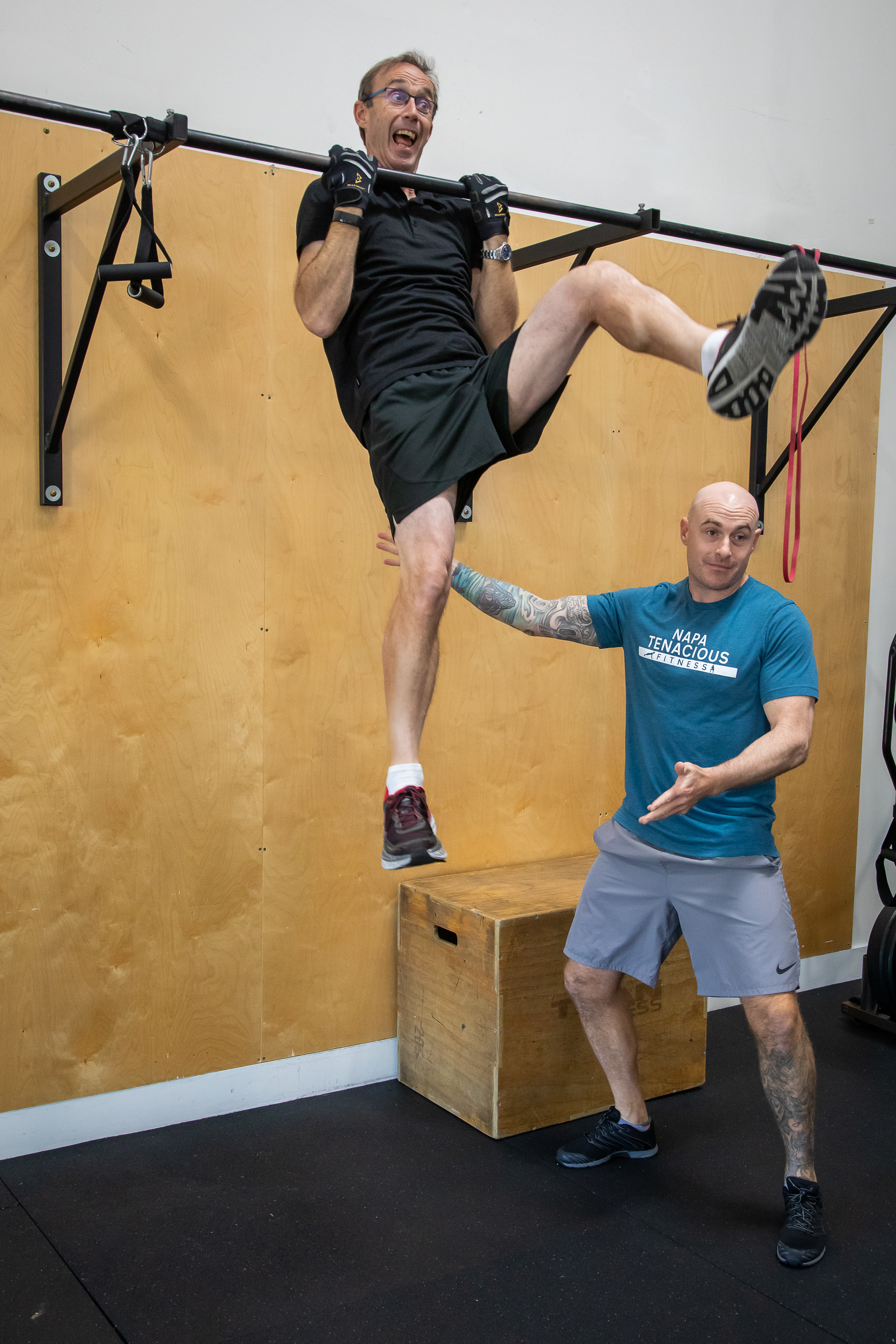Forearms, wrists, fingers, and thumbs are features humans possess that separate us from the upper and lower classes of the animal kingdom. Our ability to grab objects with our hands and manipulate them to produce an environment that benefits us goes hand in hand with the intricate features the human brain offers our everyday functionality. Features as sophisticated as the finger placement a professional baseball player positions the thumb, index finger, and middle finger on a baseball before throwing a slider demonstrate one of the more advanced forms of athletic performance the hand offers. As I sit in front of my monitor and type this article, my brain is producing multiple electrical currents that travel down my neurons and produce an intricate list of orders for my ten fingers to execute so I can type a sentence in less than five seconds. Even seemingly basic functions of the hand such as turning door nobs, opening car doors, or utilizing the touch screen of our phones grant us the ability to function successfully and perform to the best of our ability in our society.
The hand is a structure attached to our body that offers us the ability to thrive throughout life. However, if the abilities of our hands are temporarily removed or hindered due to injury, lack of strength, or degenerative joint conditions, we can see our world take an immediate halt. Therefore, appreciating and shedding light on the well-being and performance optimization of the hands is a critically important component toward the productivity and quality of our lives.
Unless we’re an orthopedist surgeon, MRI technicians, or physical therapists who possess advanced anatomical knowledge of the bones, joints, muscles, tendons, and ligaments of the hand, understanding the layout and functions of the hand can be overwhelmingly convoluted. However, there are a few simple features of the hands that aren’t too complicated to focus on to ensure our hands maintain proficient strength and dexterity and avoid pain from achy joints.
Starting from our fingers, each of the eight digits from our index finger to our pinky finger can bend, straighten, move from side to side laterally and medially, and rotate in small circles. The thumb shares all of these features, but because of its ability to cross the palm and abduct fully to the outside of the hand, it has a more important function to our hand’s ability to manipulate objects in our environment that we grab onto. Additionally, the wrist joint in which the hand connects to the ulna and radius bones of the forearm can flex, extend, move side to side, move in a circular motion, and rotate due to its attachment points of the arm. Along with our brains, advanced neurological features, and bipedal walking ability, the combination of these functions are a few examples of how the human hand puts our species at the top of the food chain. However, once these unique abilities of our hands are taken away due to an injury or hindered by pain caused by debilitating joint conditions, such as arthritis, the flow of our lives can be hindered until our hand performance returns to an optimal functional state.
Strength training for the hands is present in multiple functions. The common resistance training method of using our hands to grab onto dumbbells, barbells, resistance training machine hands, TRX handles, or resistance bands offers beneficial adaptations to enhance the strength and function of the hands. Additionally, participating in group fitness classes such as Pilates, Yoga, or group cycling classes requires the hands to perform exercises such as posting the hands into the ground while conducting a cat and cow tactic, holding the resistance handle of a reformer, or posting up while riding off the saddle in spin class at a local gym. Whether it be an exercise technique as advanced as a pull-up or as simple as a straight arm plank, strategically executing a safe and effective bout of resistance training has the potential to significantly enhance hand strength.
A technique we include in every warm-up portion at the beginning of our client’s personal training sessions includes an emphasis on the injury prevention of fingers, wrist, and forearm:
Finger Flexion and Extension: Start by extending your arms in front of you at about armpit level. Straighten the fingers away from the body until a muscular sensation is experienced in the back of the hand, wrist, and forearms. Reverse the motion by making a fist and squeezing with both hands until a muscular sensation is experienced in the forearms. Repeat this movement on both hands at once for 5 to 10 repetitions.
Regularly adhering to a strength training session in the form of a gym visit, signing up for a small group fitness class, or attending personal training sessions provides beneficial practice to reinforce the strength of the hands and mitigate joint pain. Reserve some time to focus on the performance and longevity of our hands so we are at the top of our game to live happy, healthy, and strong lives.
Sean McCawley, the founder and owner of Napa Tenacious Fitness in Napa, CA, welcomes questions and comments. Reach him at 707-287-2727, napatenacious@gmail.com, or visit the website napatenaciousfitness.com.

